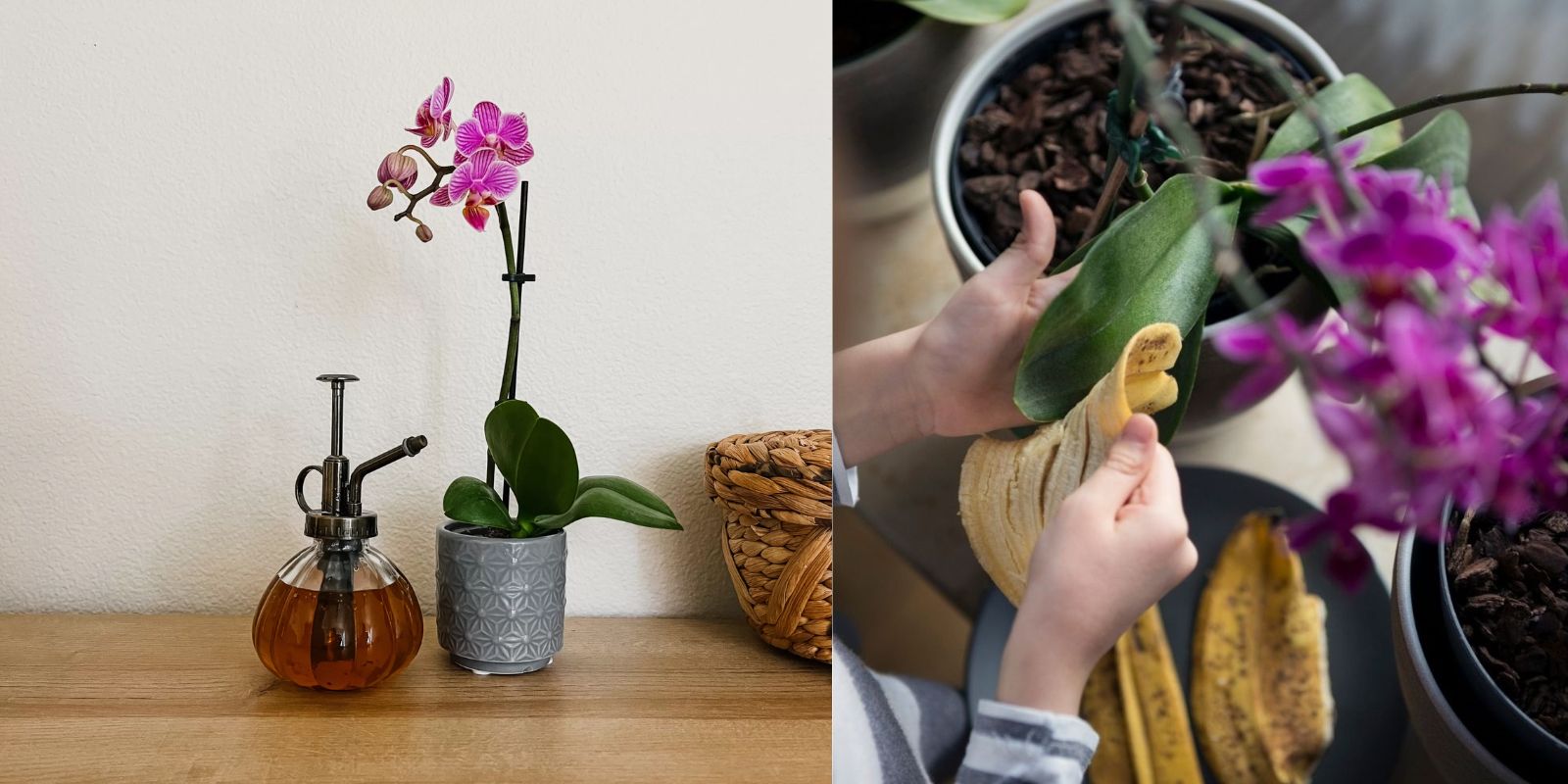Orchids are among the most enchanting plants, adored for their exotic beauty and vibrant blooms. However, they often intimidate gardeners due to their reputation for being delicate and demanding. If you’re seeking a natural, cost-effective solution to help your orchids thrive, yeast-based fertilizer may be the answer you’ve been looking for. In this article, we’ll explore the benefits of yeast fertilizer, how to prepare it at home, and tips for using it to achieve lush, blooming orchids all year round.
Understanding Orchids and Their Needs
Before diving into the recipe, it’s crucial to understand why orchids need specialized care. Unlike most plants, orchids are epiphytes, meaning they grow on other plants or structures and obtain nutrients from the air, rain, or organic debris. Their roots are specially adapted to absorb moisture and nutrients efficiently, but they can easily suffer from improper care, particularly nutrient imbalances.
Orchids thrive on a balanced supply of essential nutrients, including nitrogen, phosphorus, potassium, and trace minerals. While commercial fertilizers are an option, a homemade yeast fertilizer is an excellent, natural alternative that’s easy on the wallet and free from synthetic chemicals.
The Benefits of Yeast Fertilizer for Orchids
Yeast is a powerhouse of nutrients that can benefit orchids in many ways:
- Rich in Nutrients: Yeast contains vitamins, amino acids, and natural growth hormones that encourage healthy root development and overall plant vitality.
- Boosts Microbial Activity: It stimulates beneficial microorganisms in the soil, which in turn enhance nutrient availability for the plant.
- Improves Blooms: Yeast’s natural compounds can promote more frequent and vibrant flowering.
- Eco-Friendly and Affordable: A homemade solution, yeast fertilizer minimizes waste and avoids the use of harmful chemicals.
How to Make Yeast Fertilizer for Orchids
Here’s a step-by-step guide to preparing your own yeast fertilizer:
Ingredients:
- 1 teaspoon of dry yeast
- 1 tablespoon of sugar
- 1 liter of warm water
Instructions:
- Dissolve Sugar: Begin by dissolving the sugar in warm water. This acts as food for the yeast, activating its growth.
- Add Yeast: Stir in the dry yeast until completely dissolved.
- Activate the Yeast: Allow the mixture to sit for 2 hours in a warm, dark spot. The yeast will begin to ferment, creating a nutrient-rich solution.
- Dilute the Mixture: Once activated, dilute the yeast solution by mixing 1 part fertilizer with 3 parts water. This ensures the solution isn’t too strong for your orchids.
How to Apply Yeast Fertilizer to Orchids
Using yeast fertilizer correctly is essential to reap its benefits without harming your plants:
- Water First: Before applying the fertilizer, water your orchids lightly. This prevents the concentrated solution from shocking the roots.
- Apply the Solution: Pour the diluted fertilizer onto the orchid’s growing medium, ensuring it doesn’t touch the leaves or stems.
- Frequency: Use the fertilizer once every 2–3 weeks during the growing season (spring and summer). Reduce application in the dormant season (fall and winter).
- Avoid Overuse: Over-fertilizing can lead to salt buildup, which can harm orchid roots. Always follow the recommended dilution and frequency.
Caring for Orchids Beyond Fertilizing
While yeast fertilizer can work wonders, proper orchid care involves a holistic approach:
- Light: Orchids prefer bright, indirect light. Avoid direct sunlight, which can scorch their leaves.
- Watering: Overwatering is a common mistake. Orchids should be watered only when their growing medium feels dry to the touch.
- Humidity: Orchids thrive in humid environments. Use a humidity tray or mist the air around your plants if necessary.
- Repotting: Orchids should be repotted every 1–2 years to refresh their growing medium and prevent root rot.
- Pruning: Remove spent flower spikes and dead leaves to encourage new growth and maintain plant health.
Common Mistakes to Avoid
Even with the best intentions, some common errors can hinder your orchids’ success:
- Overfertilizing: More fertilizer doesn’t equal better growth. Stick to the recommended dilution and schedule.
- Ignoring Dormancy: Orchids need a rest period in the winter. Fertilizing during this time can stress the plant.
- Using Tap Water: Orchids are sensitive to chemicals like chlorine and fluoride in tap water. Use distilled or rainwater whenever possible.
- Neglecting Pests: Watch for signs of pests like spider mites or scale insects, and address infestations promptly.
Success Stories: Orchids Thriving with Yeast Fertilizer
Gardeners around the world have reported incredible results with yeast-based fertilizer. From healthier roots to more vibrant blooms, this simple, natural recipe has transformed struggling orchids into flourishing beauties.
One gardener shared: “My orchid had stopped blooming for years, and I almost gave up. After trying yeast fertilizer, I saw new flower spikes within months!”
Another enthusiast noted: “I love how affordable and effective this solution is. It’s a game-changer for orchid care!”
Final Thoughts
Yeast fertilizer is an easy, eco-friendly way to give your orchids the nutrients they need to thrive. With just a few ingredients and minimal effort, you can transform your orchids into showstoppers that bloom beautifully year after year.
🌟 Have you tried yeast fertilizer for your orchids or other plants? Share your experience and tips in the comments below! 🌿
#OrchidCare #DIYFertilizer #NaturalGardening #BloomBoost #GardeningHacks #PlantCareSecrets #GardeningTips #EcoFriendlyGardening #OrchidLovers #GreenThumb

